| The 2016 International Business Ethics Competition was last week in Cambridge, Massachusetts. I competed with a team from Oxford. Our presentation, "The Future of SeaWorld," earned us the top prize in our division. Professional videos and photos of presentations will be available shortly. Meanwhile, here is a copy of our PowerPoint and a brief summary of our vision for the parks is below. |
FROM INSTAGRAM
SUMMARY OF OUR VISION
- Replace captive animal shows with virtual and artificial reality (VR/AR) alternatives. VR/AR could give visitors the sensation of swimming alongside dolphins in the wild or having a whale breach right in front of them, for example. The purpose of our presentation was not to present a technical plan or storyboard for VR/AR entertainment, but rather to demonstrate the possibilities. We recommended that SeaWorld hire a core engineering and design team, similar to Disney's Imagineers, to produce these attractions.
- SeaWorld recently ended its orca breeding program. While this is a step in the right direction, it is not enough. Orcas and dolphins currently in SeaWorld's care should be rehabilitated and moved to sea pens following plans like those detailed in this article.
- Existing tanks could be used as part of VR/AR attractions (e.g., holographic shows, as in the video below by Magic Leap). They might also hold FlyBoard shows (e.g., video below by FlyBoard). VIP park visitors could glide and out the water in either whale-inspired water craft (e.g., video below by SeaBreacher) or in tandem with FlyBoard performers.
| Example VR; video by MIT. Example use for existing tanks; video by FlyBoard. | Example AR; video by MagicLeap. Example use for existing tanks; video by SeaBreacher. |
Here are some facts that struck me emotionally from former trainer John Hargrove's article "I trained killer whales at SeaWorld for 12 years. Here's why I quit."
SeaWorld's predicament and the ethical issues it faces are highlighted in the documentary Blackfish and subsequent media focus. The film isn't perfect, however; it has been criticized in this Medium article by Isaac Wadd and SeaWorld refutes the film's claims. That said, SeaWorld must make changes in order for it to not only remain a viable business, but also stay true to its mission of providing inspiring, exciting, and educational experiences to its visitors.
- "SeaWorld had a male, Taku, who bred with his own mother, Katina, resulting in the birth of a calf named Nalani."
- “Another symptom of boredom: I saw the whales float motionless for hours upon hours every day, leading, among other things, to complete dorsal fin collapse on 100% of all captive adult males… This happens in fewer than 1% of wild adult males. In the wild, it's believed to be caused by traumatic injury such as being struck by a vessel — in captivity, it is the unnatural amount of time spent at the surface and the inevitable pull of gravity.”
- "I witnessed and distributed the enormous amount of drugs the whales were doped up on: antibiotics to treat chronic infections, medication to treat ulcers and fungal infections, drugs to treat epilepsy. I even gave whales Valium when we would do an invasive procedure, take a calf away from its mother, or move whales from one park to another."
SeaWorld's predicament and the ethical issues it faces are highlighted in the documentary Blackfish and subsequent media focus. The film isn't perfect, however; it has been criticized in this Medium article by Isaac Wadd and SeaWorld refutes the film's claims. That said, SeaWorld must make changes in order for it to not only remain a viable business, but also stay true to its mission of providing inspiring, exciting, and educational experiences to its visitors.
Thanks especially to the University of Oxford Centre for Animal Ethics, especially its deputy director, Clair Linzey, for helping us prepare. Also thanks to Professor Tom White, author of In Defence of Dolphins, for his inspirational talk last November at the Centre for Animal Ethics.
UPDATE
Press release from the Centre for Animal Ethics: "Oxford University Animal Ethics Society Wins at IBECC 2016."
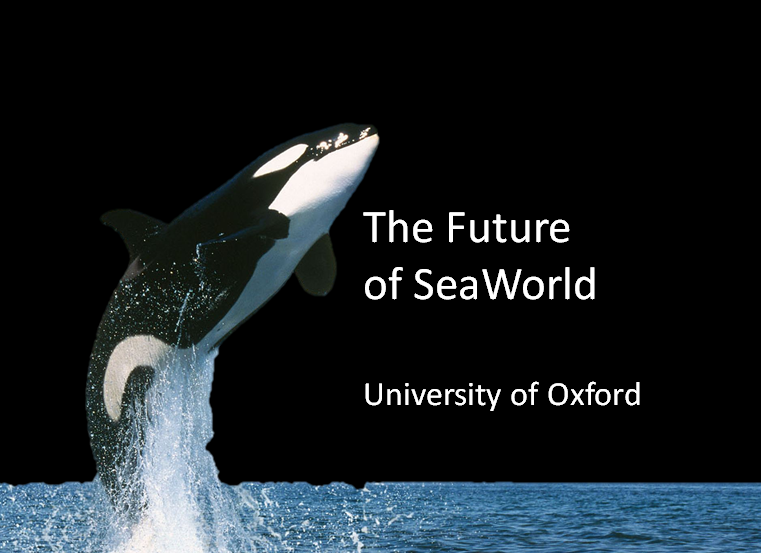
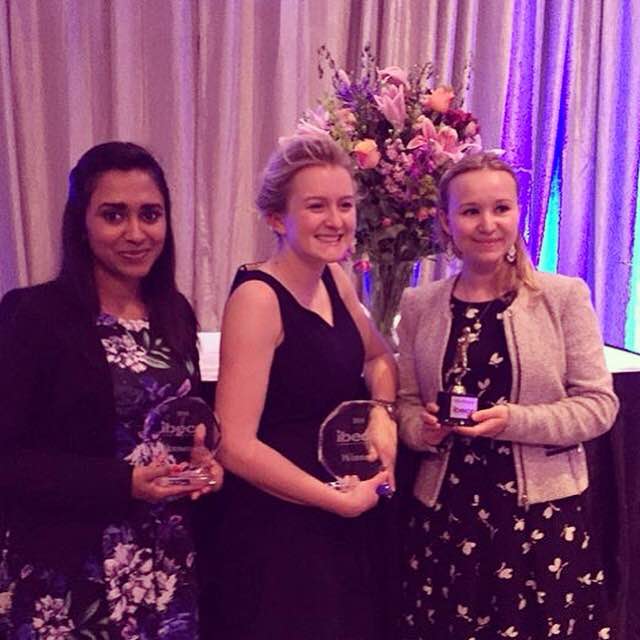

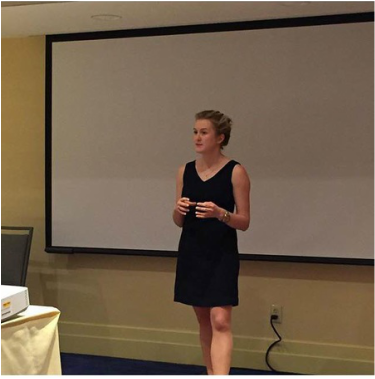
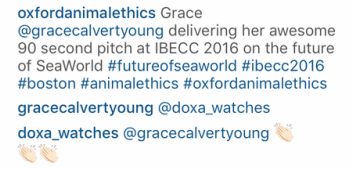
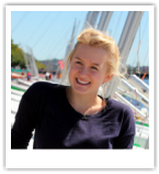
 RSS Feed
RSS Feed
